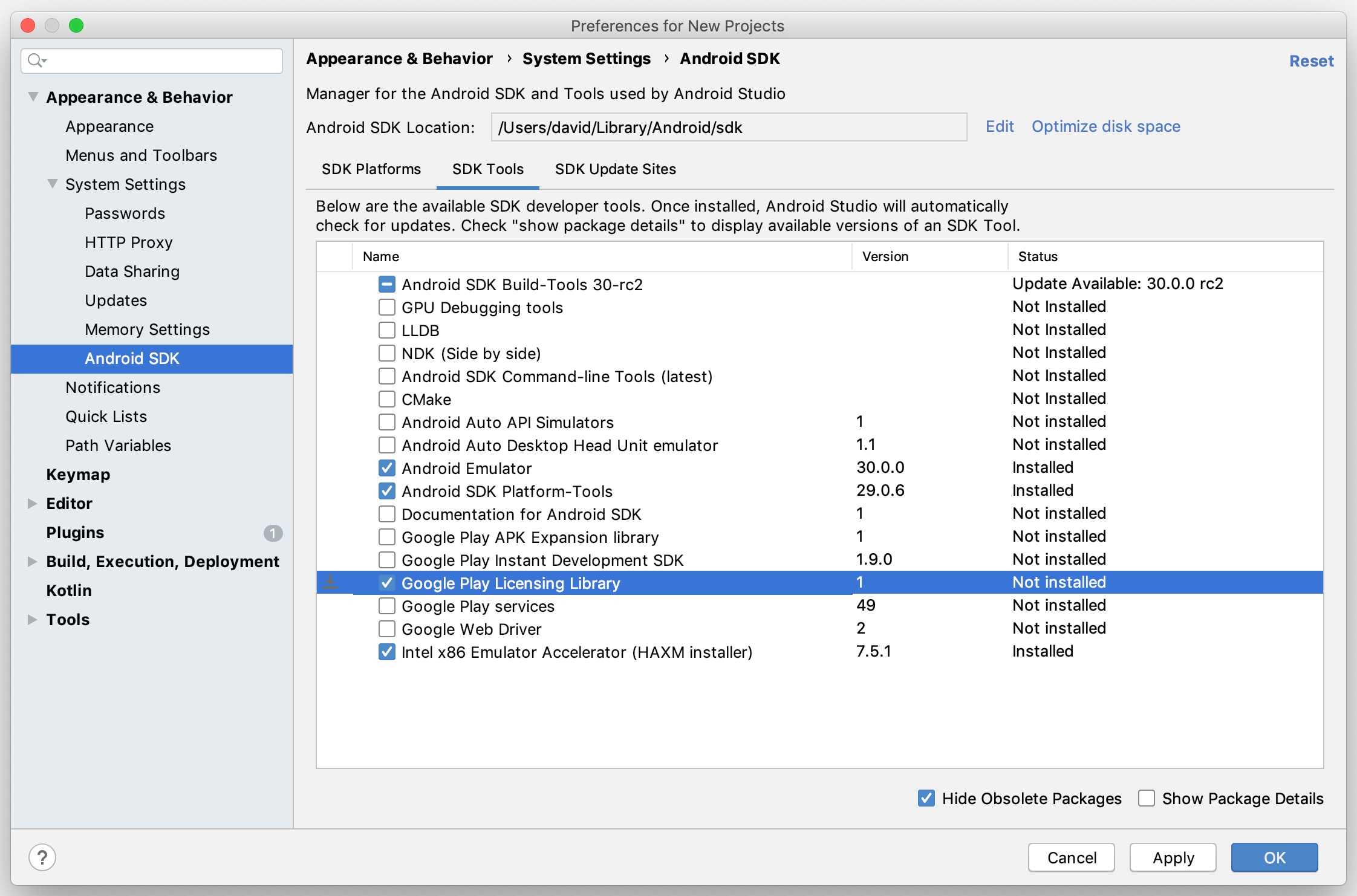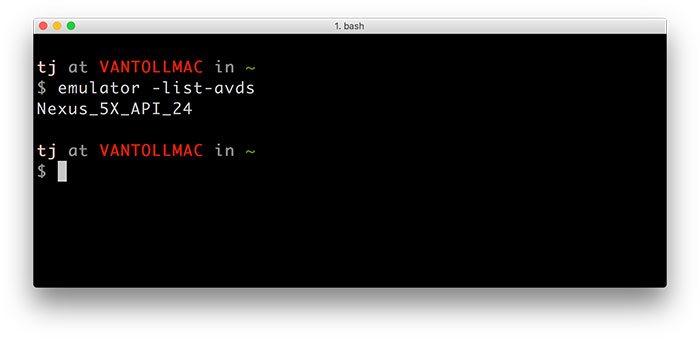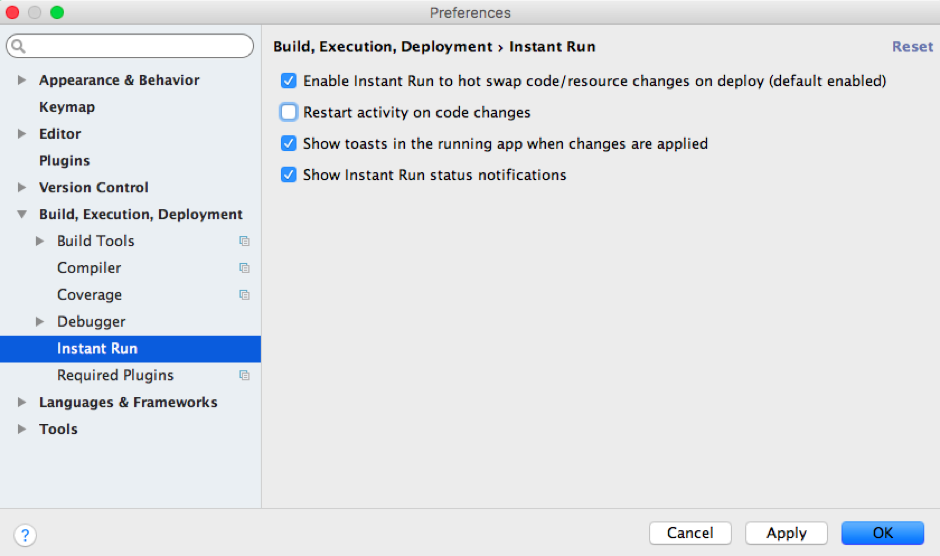
- Run emulator android studio mac terminal how to#
- Run emulator android studio mac terminal install#
- Run emulator android studio mac terminal download#
You can specify exactly what you want on the command line.

In Android Studio, when creating a Flutter project you get the choice to. To Launch your prefered emulator, press Ctrl + Shift + P and search for the command Run Android Emulator then press Enter. Finally, use this adb command to start SQLite, giving it the name of your database: Navigate to Build, Execution, Deployment > Compiler. Android Studio – creating virtual devices. Get started right away and create your Android app …. At the Android Studio start screen below, click on Configure then create a desktop entry. This command stores the key.jks file in your home directory.

See how all these files are in the Android Studio project output ? This command lets you uninstall an Android application, where the argument given to the uninstall command is the root package name of the app: $ adb uninstall (Here’s a little more information about using the Android adb uninstall command.) On Mac OSX, select Android Studio > Preferences from the menu bar. As of Flutter 1.20.0, Use the -platforms= option followed by a comma separated list to specify the platforms that the plugin supports. Here's the basic command-line syntax for starting a virtual device from a terminal prompt: emulator -avd avd_name For example, if you launch the emulator from within Android Studio running on a Mac, the default command line will be similar to the following: To create a plugin package, use the -template=plugin flag with flutter create. Android uses the command line empty package signature App upload platforms are more like AppBall, Pea Pod, 360, Baidu, Xiaomi, Huawei, etc. But you can use avdmanager cmdline tool to create, delete, move, list & edit your AVD. In working with the Android source files, you use Repo for across-network operations, for example, with a single Repo working directory.
Run emulator android studio mac terminal how to#
In this tutorial, I will describe how to create a desktop shortcut or launcher in various Linux desktop environments. In the text field next to Command-line Options, enter your command-line options. Android Studio comes with a built-in AVD manager that lets you create and access Android virtual devices for app development purposes. For a project I'm working on, I need to be able to create an android project and then compile it from command line (windows and mac). Gradle applies these command-line options the next time you try building your app. Launch Android Studio and open the AndroidSample project created earlier in the book. If you have downloaded and installed the new Android studio and struggled to launch it for the first time, then here’s the solution for it. Launch Android AVD Emulator Without Android Studio.
Run emulator android studio mac terminal install#
I want to enter some commands into command line: ant debug adb install bin/MyFirstApp-debug.apk. Once you have created those AVDs, you can use the Android emulator to develop and test apps without physical devices. Ideally I would like to launch it from the VS IDE but with these options. To enable running the Android emulator from the command line, you can use the "emulator" tool provided by the Android SDK. This tutorial explains how to start android emulator without starting android studio.
Run emulator android studio mac terminal download#
Is it possible to do the same with the Visual Studio Android Emulator? To set up an Android emulator AKA Android Virtual Device (AVD): (1) Download and install the Android SDK which comes bundled with Android Studio.

Android emulators are managed through a UI called AVD Manager. In most situations, you can use Git instead of Repo, or mix Repo and Git commands to form complex commands. An Android Virtual Device (AVD) is a configuration that defines the characteristics of an Android phone, tablet, Wear OS, Android TV, or Automotive OS device that you want to simulate in the Android Emulator.The AVD Manager is an interface you can launch from Android Studio that helps you create and manage AVDs. desktop file which contains meta information of a given app (e.g., name of the app, launch command, location of icon file, etc. A desktop shortcut is represented by a corresponding. AVD Manager has a nice interface when started from Android Studio. You can execute all the build tasks available to your Android project using the Gradle wrapper command line tool.

Add Android SDK Command Tool In System PATH.


 0 kommentar(er)
0 kommentar(er)
